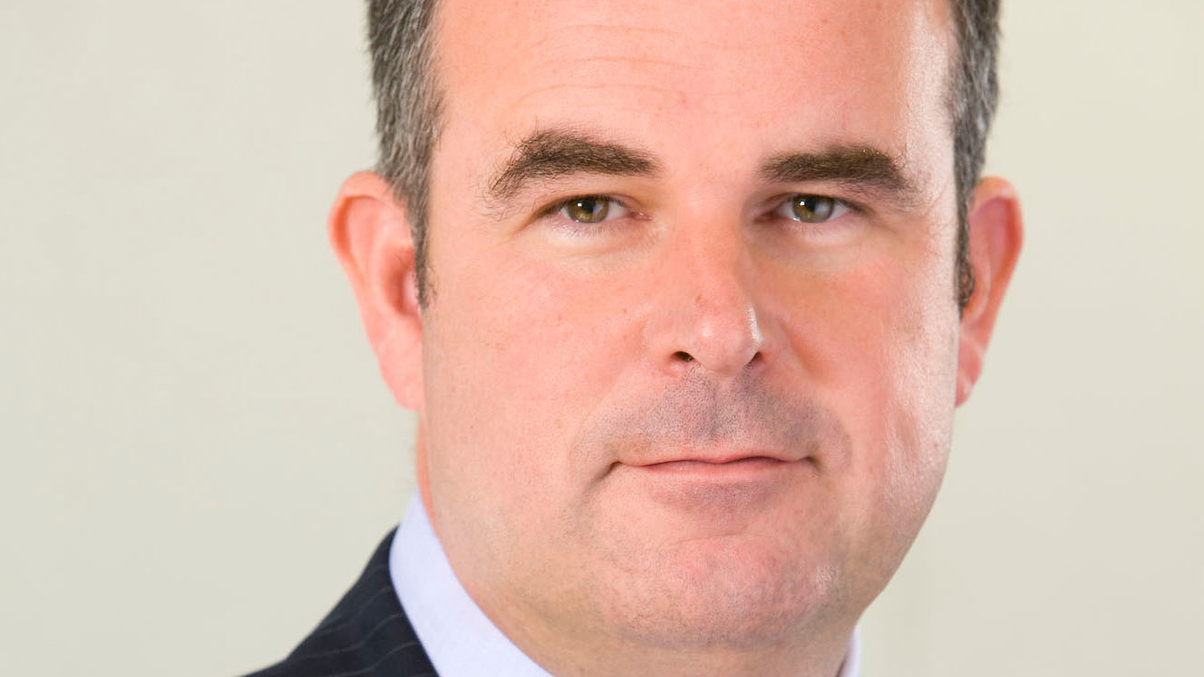Morgan Stanley IM on intermediaries buildout
Morgan Stanley Investment Management has been building its Greater China distribution network and is eyeing expansion in Southeast Asia. It is also starting to export Asia strategies to the West.

Morgan Stanley Investment Management is seeing traction from Chinese insurers both as distribution partners and institutional clients and, like other fund houses, is seeking to expand its intermediary business across Asia.
Sign In to Your Account
Access Exclusive AsianInvestor Content!
Please sign in to your subscription to unlock full access to our premium AI resources.
Free Registration & 7-Day Trial
Register now to enjoy a 7-day free trial—no registration fees required. Click the link to get started.
Note: This free trial is a one-time offer.
¬ Haymarket Media Limited. All rights reserved.


